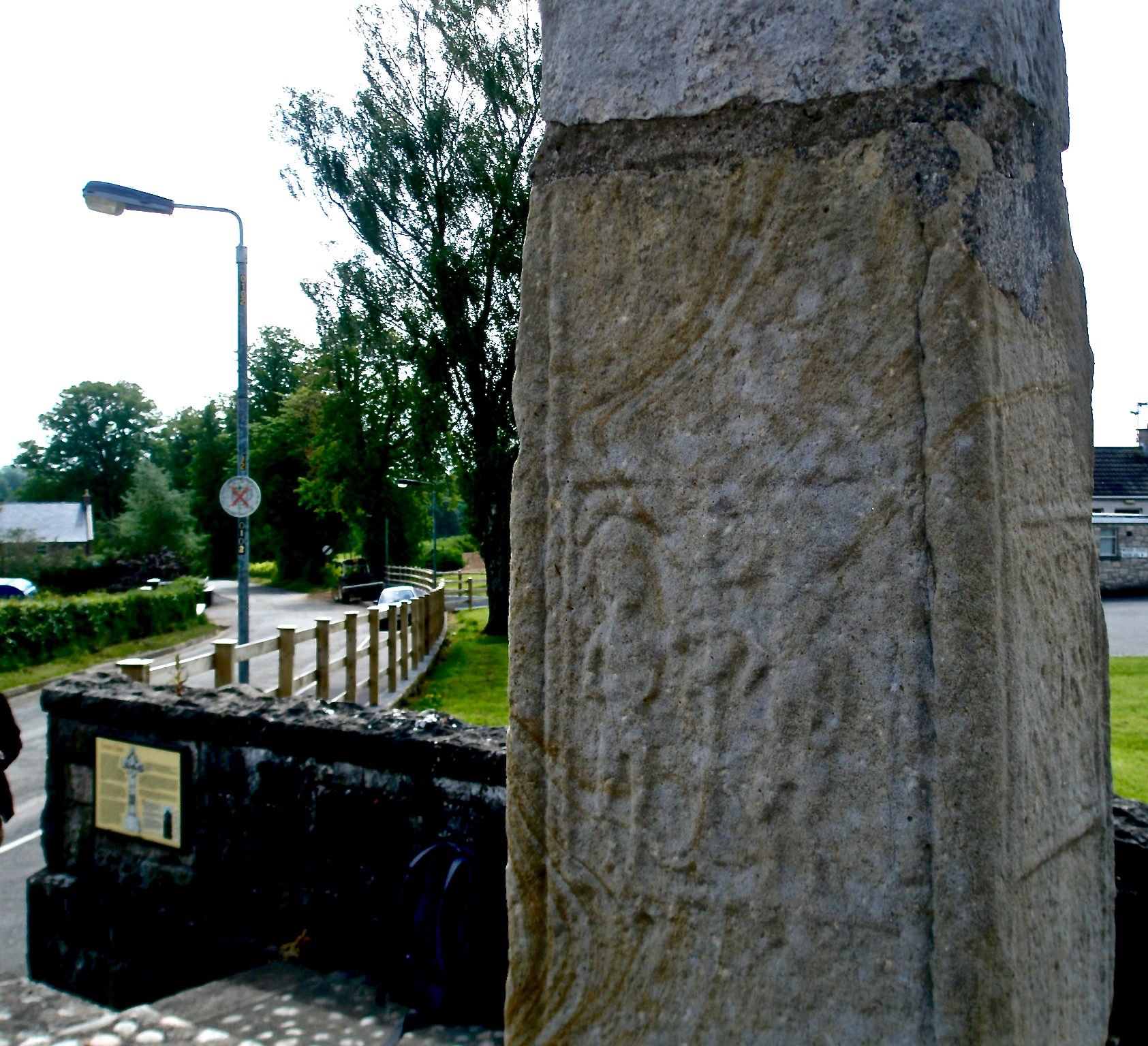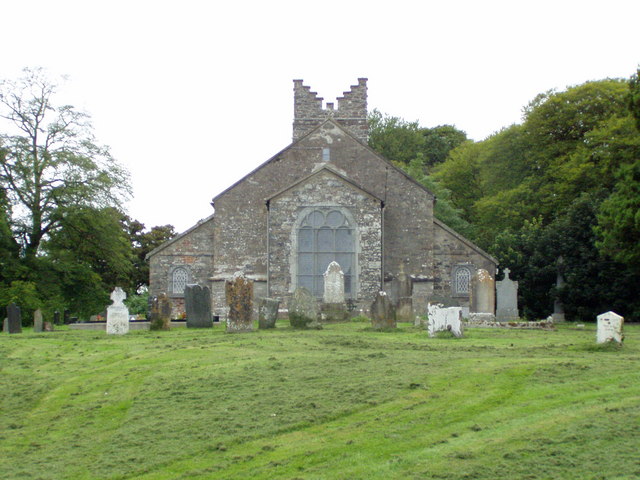|
James Hamilton (priest, Born 1748)
James Archibald Hamilton (1748–1815) FRIA, Irish cleric and astronomer, was born in the area of Athlone, County Westmeath, Ireland. Early life and family He was the son of Jane Girardot ary Jane Crommelin Girardot from a Huguenot family, and Colonel Gustavus Hamilton of Summerseat, County Meath, who died in 1754; Mrs.Hamilton later married Arthur Blennerhasset of Ballyseedy, Tralee, County Kerry and settled in Oak Park, Tralee. The year his father died, Hamilton moved from Athlone to attend the Royal School, Armagh, along with Rev. Arthur Grueber who became headmaster that year. He went to Trinity College, Dublin in 1765, developing interests in astronomy and science, and graduated with a B.A. in 1769. He married Jane Bunbury, probably sometime between 1770 and 1780 (union unrecorded). The couple had two daughters: Harriet, who was married c.1797 to Peter Holmes, and Jane, who was married in 1800 to Alexander Holmes. They also had two wards, Catherine and Juliana Tisdall. ... [...More Info...] [...Related Items...] OR: [Wikipedia] [Google] [Baidu] |
Royal Irish Academy
The Royal Irish Academy (RIA; ga, Acadamh Ríoga na hÉireann), based in Dublin, is an academic body that promotes study in the sciences, humanities and social sciences. It is Ireland's premier learned society and one its leading cultural institutions. The Academy was established in 1785 and granted a royal charter in 1786. the RIA has around 600 members, regular members being Irish residents elected in recognition of their academic achievements, and Honorary Members similarly qualified but based abroad; a small number of members are elected in recognition of non-academic contributions to society. Until the late 19th century the Royal Irish Academy was the owner of the main national collection of Irish antiquities. It presented its collection of archaeological artefacts and similar items, which included such famous pieces as the Tara Brooch, the Cross of Cong and the Ardagh Chalice to what is now the National Museum of Ireland, but retains its very significant collection ... [...More Info...] [...Related Items...] OR: [Wikipedia] [Google] [Baidu] |
Tynan
Tynan (PlaceNamesNI - Tynan ) is a , (of 375 acres) and in , . It is situated largely in the historic [...More Info...] [...Related Items...] OR: [Wikipedia] [Google] [Baidu] |
Baron Rokeby
Baron Rokeby, of Armagh in the County of Armagh, was a title in the Peerage of Ireland. It was created in 1777 for The Most Rev. Dr Richard Robinson, Church of Ireland Lord Primate of All Ireland and Lord Archbishop of Armagh, with remainder to his brothers and his father's second cousin Matthew Robinson and the heirs male of their bodies. In 1785 he also succeeded his elder brother as 3rd Baronet according to a special remainder (see below). Lord Rokeby never married and was succeeded in the barony and baronetcy according to the special remainders in the letters patent by his third cousin Matthew Robinson-Morris, the second Baron and fourth Baronet. He was the son of Matthew Robinson (by his wife Elizabeth, daughter of Thomas Drake and his wife Sarah, daughter of Thomas Morris, of Mount Morris), son of Thomas Robinson, son of Sir Leonard Robinson, brother of William Robinson, great-grandfather of the first Robinson Baronet (see below) and the first Baron Rokeby. The second Ba ... [...More Info...] [...Related Items...] OR: [Wikipedia] [Google] [Baidu] |
Richard Robinson, 1st Baron Rokeby
Richard Robinson, 1st Baron Rokeby (1708 – 10 October 1794), was an Anglo-Irish churchman. Life He was a younger son of William Robinson (died 1720) of Rokeby, Yorkshire and later of Merton, Surrey and Anne Walters (died 1730), daughter and heiress of Robert Walters of Cundall. Sir Thomas Robinson, 1st Baronet (1703-1777) was his elder brother. He was educated at Westminster School and Christ Church, Oxford (BA 1730, MA 1733, BD & DD 1748). Robinson came to Ireland as chaplain to Lionel Sackville, 1st Duke of Dorset in 1751 when Dorset was reappointed Lord Lieutenant of Ireland, and was swiftly raised to the Irish episcopate as Bishop of Killala and Achonry. He was translated from the See of Kildare, which he had occupied since 1761, to the Archbishopric of Armagh in 1765. In 1777 he was created Baron Rokeby, of Armagh in the County of Armagh, in the Peerage of Ireland, with special remainder to Matthew Robinson (1694–1778) of West Layton, in the North Riding ... [...More Info...] [...Related Items...] OR: [Wikipedia] [Google] [Baidu] |
Primacy Of Ireland
The Primacy of Ireland was historically disputed between the Archbishop of Armagh and the Archbishop of Dublin until finally settled by Pope Innocent VI. ''Primate'' is a title of honour denoting ceremonial precedence in the Church, and in the Middle Ages there was an intense rivalry between the two archbishoprics as to seniority. Since 1353 the Archbishop of Armagh has been titled Primate of All Ireland and the Archbishop of Dublin Primate of Ireland, signifying that they are the senior churchmen on the island of Ireland, the Primate of All Ireland being the more senior. The titles are used by both the Catholic and Church of Ireland bishops. The distinction mirrors that in the Church of England between the Primate of All England, the Archbishop of Canterbury, and the Primate of England, the Archbishop of York. History The episcopal see of Dublin was created in the eleventh century, when Dublin was a Norse city state. Its first bishop, Dúnán (or Donatus), was described a ... [...More Info...] [...Related Items...] OR: [Wikipedia] [Google] [Baidu] |
Creggan, County Armagh
Creggan () is a small village, townland and civil parish near Crossmaglen in County Armagh, Northern Ireland. In the 2001 Census it had a population of 246 people. It lies within the Newry and Mourne District Council area. Places of interest Creggan Church Yard, near Crossmaglen is home to some of Ireland's best known Gaelic poets. The current Church of Ireland church dates back to 1731 but there is evidence to suggest an earlier Catholic church preceded it. This is the burial place of three 18th century Irish poets: Art Mac Cumhaigh, Pádraig Mac Aliondain and Séamus Mór MacMurphy. It is also the burial place of the clan O’Neill. The O’Neills of Tyrone attempted to retake South Armagh from the invading English during the middle of the 15th century. The burial place was re-discovered in 1971 during a cleanup of the cemetery for the proposed bi-centennial celebrations of Art MacCooey. It is reputed the O’Neills arrived in Creggan in 1447 and the burial place currentl ... [...More Info...] [...Related Items...] OR: [Wikipedia] [Google] [Baidu] |
Diocese Of Armagh (Church Of Ireland)
The Diocese of Armagh is the metropolitan diocese of the ecclesiastical province of Armagh, the Church of Ireland province that covers the northern half (approximately) of the island of Ireland. The diocese mainly covers counties Louth, Tyrone and Armagh, and parts of Down. The diocesan bishop is also the Archbishop of Armagh, the archbishop of the province, and the Primate of All Ireland. The Archbishop has his seat in St Patrick's Cathedral in the town of Armagh. Overview and history As of 2011 the diocese had 31,000 parishioners in its 44 parochial units. Ordained and lay ministry involved 47 serving and 28 retired clergy; 13 Diocesan Readers and 37 Parish Readers. The diocese traces its history to St Patrick in the 5th century, who founded the see. Church property that existed when the Church of Ireland broke with the Roman Catholic Church, buildings included, was retained by the reformed Church of Ireland, then on the disestablishment of the Church in 1871, ... [...More Info...] [...Related Items...] OR: [Wikipedia] [Google] [Baidu] |
Royal Observatory, Greenwich
The Royal Observatory, Greenwich (ROG; known as the Old Royal Observatory from 1957 to 1998, when the working Royal Greenwich Observatory, RGO, temporarily moved south from Greenwich to Herstmonceux) is an observatory situated on a hill in Greenwich Park in south east London, overlooking the River Thames to the north. It played a major role in the history of astronomy and navigation, and because the Prime Meridian passes through it, it gave its name to Greenwich Mean Time, the precursor to today's Coordinated Universal Time (UTC). The ROG has the IAU observatory code of 000, the first in the list. ROG, the National Maritime Museum, the Queen's House and the clipper ship '' Cutty Sark'' are collectively designated Royal Museums Greenwich. The observatory was commissioned in 1675 by King Charles II, with the foundation stone being laid on 10 August. The old hilltop site of Greenwich Castle was chosen by Sir Christopher Wren, a former Savilian Professor of Astro ... [...More Info...] [...Related Items...] OR: [Wikipedia] [Google] [Baidu] |
Royal Society
The Royal Society, formally The Royal Society of London for Improving Natural Knowledge, is a learned society and the United Kingdom's national academy of sciences. The society fulfils a number of roles: promoting science and its benefits, recognising excellence in science, supporting outstanding science, providing scientific advice for policy, education and public engagement and fostering international and global co-operation. Founded on 28 November 1660, it was granted a royal charter by King Charles II as The Royal Society and is the oldest continuously existing scientific academy in the world. The society is governed by its Council, which is chaired by the Society's President, according to a set of statutes and standing orders. The members of Council and the President are elected from and by its Fellows, the basic members of the society, who are themselves elected by existing Fellows. , there are about 1,700 fellows, allowed to use the postnominal title FRS ( Fellow of ... [...More Info...] [...Related Items...] OR: [Wikipedia] [Google] [Baidu] |
Nevil Maskelyne
Nevil Maskelyne (; 6 October 1732 – 9 February 1811) was the fifth British Astronomer Royal. He held the office from 1765 to 1811. He was the first person to scientifically measure the mass of the planet Earth. He created the ''British Nautical Almanac and Astronomical Ephemeris for the Meridian of the Royal Observatory at Greenwich'' using Johann Tobias Mayer's corrections for Euler's ''Lunar Theory'' tables. Biography Maskelyne was born in London, the third son of Edmund Maskelyne of Purton in Wiltshire, and his wife, Elizabeth Booth. Maskelyne's father died when he was 12, leaving the family in reduced circumstances. Maskelyne attended Westminster School and was still a pupil there when his mother died in 1748. His interest in astronomy had begun while at Westminster School, shortly after the eclipse of 14 July 1748. Maskelyne entered St Catharine's College, Cambridge in 1749, graduating as seventh wrangler in 1754. Ordained as a minister in 1755, he became a fello ... [...More Info...] [...Related Items...] OR: [Wikipedia] [Google] [Baidu] |
Astronomer Royal
Astronomer Royal is a senior post in the Royal Households of the United Kingdom. There are two officers, the senior being the Astronomer Royal dating from 22 June 1675; the junior is the Astronomer Royal for Scotland dating from 1834. The post was created by King Charles II in 1675, at the same time as he founded the Royal Observatory Greenwich. He appointed John Flamsteed, instructing him "." The Astronomer Royal was director of the Royal Observatory Greenwich from the establishment of the post in 1675 until 1972. The Astronomer Royal became an honorary title in 1972 without executive responsibilities and a separate post of Director of the Royal Greenwich Observatory was created to manage the institution. The Astronomer Royal today receives a stipend of 100 GBP per year and is a member of the Royal Household, under the general authority of the Lord Chamberlain. After the separation of the two offices, the position of Astronomer Royal has been largely honorary, though th ... [...More Info...] [...Related Items...] OR: [Wikipedia] [Google] [Baidu] |







.jpg)